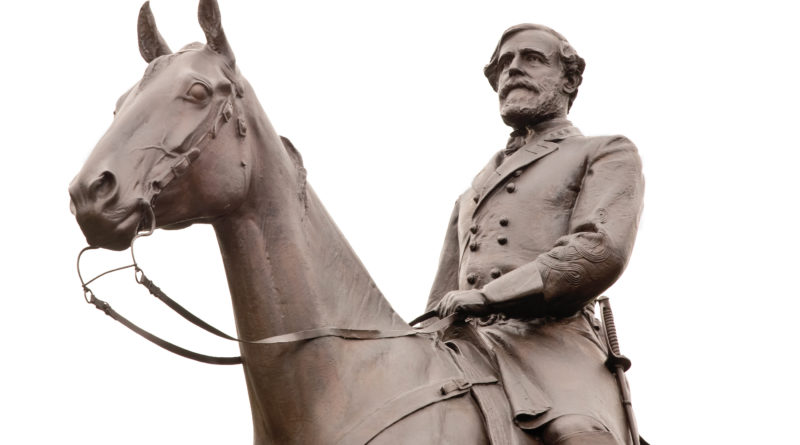Why Are Statues Coming Down During Protests?
9,974 total views, 1 views today
Over the past two and a half weeks, protests have swept the nation to call for massive police reform, if not abolition, in the wake of George Floyd’s murder at the hands of four Minneapolis police officers. Alongside these protests, people have reignited longtime discussions about the ties between American history and systemic racism, particularly in regards to many historical figures whose legacies are preserved via murals and statues throughout the country. More statues than ever before are coming down during the ongoing protests, leading some to wonder, how are these statues and the protests related?
Christopher Columbus statues
In recent years, many people have advocated for replacing Columbus Day with Indigenous Peoples’ Day. Indigenous people who remain in the United States have reminded Americans that Columbus’ settling of this country included mass murder of, and theft of land from, Indigenous people. Many people have thus come to see Christopher Columbus as a symbol of how deep this country’s racist past runs, so many Columbus statues have been toppled or defaced during the ongoing protests.
In St. Paul – the twin city of Minneapolis, where George Floyd was murdered – protestors brought down a ten-foot Christopher Columbus statue. In Richmond, an eight-foot-tall Columbus statue not only came down during protests but was lit aflame and thrown into a nearby lake. In Boston, protesters beheaded a Columbus statue.
Confederate statues
The Civil War was fought primarily over the rights of white people to enslave Black people, with the Union fighting for liberation and the Confederacy pushing to keep slavery in place. Although the Union won and slavery was constitutionally outlawed in 1865, Confederate statues remain prevalent in the United States. (Additionally, many scholars argue that slavery remains prevalent in the U.S. via prison labor and low wages.) During the ongoing protests, many protesters have brought these statues down too, and in some cases, local government officials have voluntarily removed them.
Virginia Governor Ralph Northam has promised that Richmond’s famed Robert E. Lee statue will be taken down, and Richmond Mayor Levar Stoney is working to have another four Confederate monuments removed. In Alexandria, Virginia and Mobile, Alabama, local figures have also taken steps to remove Confederate statues. Protestors in the Alabama city of Birmingham toppled a 52-foot-tall monument commemorating Confederate soldiers and sailors.
Other historical figures
In the early days of the George Floyd protests, demonstrators in Philadelphia defaced the city’s controversial statue of Frank Rizzo, a former Philadelphia mayor with a legacy of racist policing. Days later, Philadelphia mayor Jim Kenney ordered the statue’s removal (though Kenney has come under fire for his own use of policing during the protests). Following the statue removal, a large mural of Rizzo in the city’s Italian Market neighborhood was painted over, and plans are underway to replace it with a different mural.
In Nashville, protesters toppled a statue of local newspaper publisher and lawmaker Edward Carmack, who was known for penning openly racist editorials and attacking renowned Black journalist Ida B. Wells. The Carmack statue stood directly in front of the Tennessee State Capitol building. In the nation’s capital, calls are growing – among both citizens and politicians – for additional statue removals.

